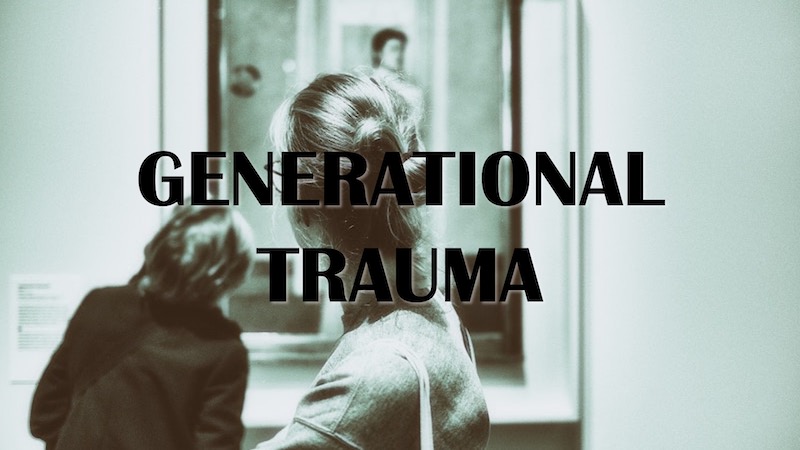The only exit from the past is by going back through it
- 10 December 2021
- Posted by: Michael H Hallett
- Category: Emotional principles , Generational trauma ,

“The past is a door I don’t revisit very often”. I’ve heard this, and similar beliefs on leaving the past behind, over the years. This seems to me like wishful thinking. My own experience is the opposite: the only exit from the past is by going back through it.
Pema Chodron writes that “nothing ever goes away until it has taught us what we need to know”. The only way out of the past is by going back through it. We must learn what it is that we need to know.
The only way out of the past is by going back through it. We must learn what it is that we need to know.
“Something”
Chodron’s perceptive quote particularly applies to those pesky skeletons in our family closet that won’t stop rattling around. In her family memoir The Architect of Desire, Suzannah Lessard writes that there was “something about our family that we needed to know.”
This “something” manifests in two ways.
Firstly, in what Lessard refers to as “the interpenetration of my present and my past”. The two coexist and are inextricable. The past is alive in the now. We cannot avoid it, wish it away or bypass it. We can only obliterate it by obliterating part of our present selves, by losing ourselves in alcohol, drugs, pornography, workaholism or some other form of emotional anaesthetic.
Secondly, it manifests in our present selves being stuck in the past. “I did not know how to grow” and “had failed to develop an adult context for myself,” Lessard writes.
And that’s where most of society is currently stuck. Not completely present in the present, naively ignoring the past. A limbo-land of emotional immaturity and irresponsibility.
This place has a name: arrested development.
Arrested development
Arrested development is a colloquial term, popularised by the TV show of the same name, for what is technically known as ‘developmental disorder’, where crucial developmental tasks in a child’s life don’t unfold correctly.
The two key developmental tasks in our lives are:
- The mother-child development process—known as the ‘1st circuit’—which governs communication, community, and the ability to nurture ourselves and others
- The father-child development process—the ‘2nd circuit’—which governs our ability to develop healthy boundaries and to negotiate with the outside world
Each circuit can only develop healthily to the extent that its predecessor (previous circuit) develops healthily. When the mother-child development process is stunted or stalled then it follows that the father-child process will also be stunted and stalled.
Going back
Going back through the past is the only way to restart arrested development.
We live in a world where trauma is endemic, where it’s so normalised that it isn’t even recognised as a general (rather than specific) issue. Yet each of us is unconsciously mired in multiple layers of trauma—personal, generational (recent ancestors), community trauma, racial trauma, all the way back to the ancestral trauma at the root of our civilization.
We must go way back, to the original source of our trauma, the point where it occurred, and feel it. That’s why no one’s keen on going back through the past. But it’s the only way to release it. Until then we stay stuck in superficiality, in dysfunction, in disconnection.
In Inside Degrees, Elias Lonsdale writes: “The past, what was suffered and lost, is what speaks inside. And in order to move through this extended interlude, you are going to need to return to the past places and see them again. Otherwise, nothing goes right. Sometimes you have to go way back to get on with anything.”
Next steps
For further resources on generational trauma, both free and paid, please click on this image.
Photo by Viktor Forgacs on Unsplash

